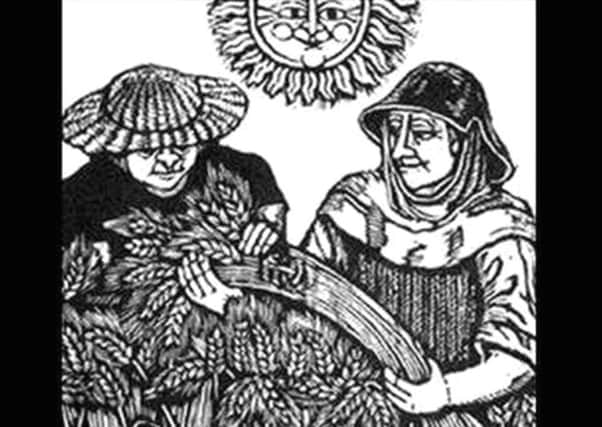The ancient Scottish traditions of Lammas Day


Many traditions and superstitions surround Lammas, one of the Pagan festivals of Celtic origin which split the year into four.
Rituals were carried out to protect the harvest and the wellbeing of animals with accounts detailing how women busied themselves saining, or blessing, their cattle in order to keep evil at bay for the next three months.
Advertisement
Hide AdTar was put on the tails and ears of the beasts and charms hung from their udders.
Blue and red thread was put through their tails and several rituals acted out, including putting a ball of hair in the milk pail to keep its contents good and strong, according to accounts.
Lammas Day was also the time when the gadfly ‘loses one of its eyes’ with the creature rendered less vicious after this date.
READ MORE: 7 weird and wonderful Scottish traditions
A great feast was held to mark Lammas and the first reaping of corn and much work was done to ensure everyone got as much food and drink as they wanted.
The following poem is known to have been recited.
Then let us toast John Barleycorn,
Each man a glass in hand;
And may his great posterity
Ne’er fail in old Scotland!
Lammas day also signalled the end of summer pasture and the return of cattle to the strath. Shielings were vacated by those who had taken their animals up into the hills for grazing.
According to 19th Century folklorist John Gregorson Campbell, a small cheese made of curds was made from that day’s milk to be given to the children for luck and goodwill.
Advertisement
Hide AdThe cows were milked early in the morning, and curds were made and put in the cheese vat.
At Lammas, drops of a specially-prepared water were also placed around the door posts of homes and byres to protect them from harm at this important time of year.
A piece of metal, sometimes a woman’s ring, would usually steep in the water before it was sprinkled around the home.
